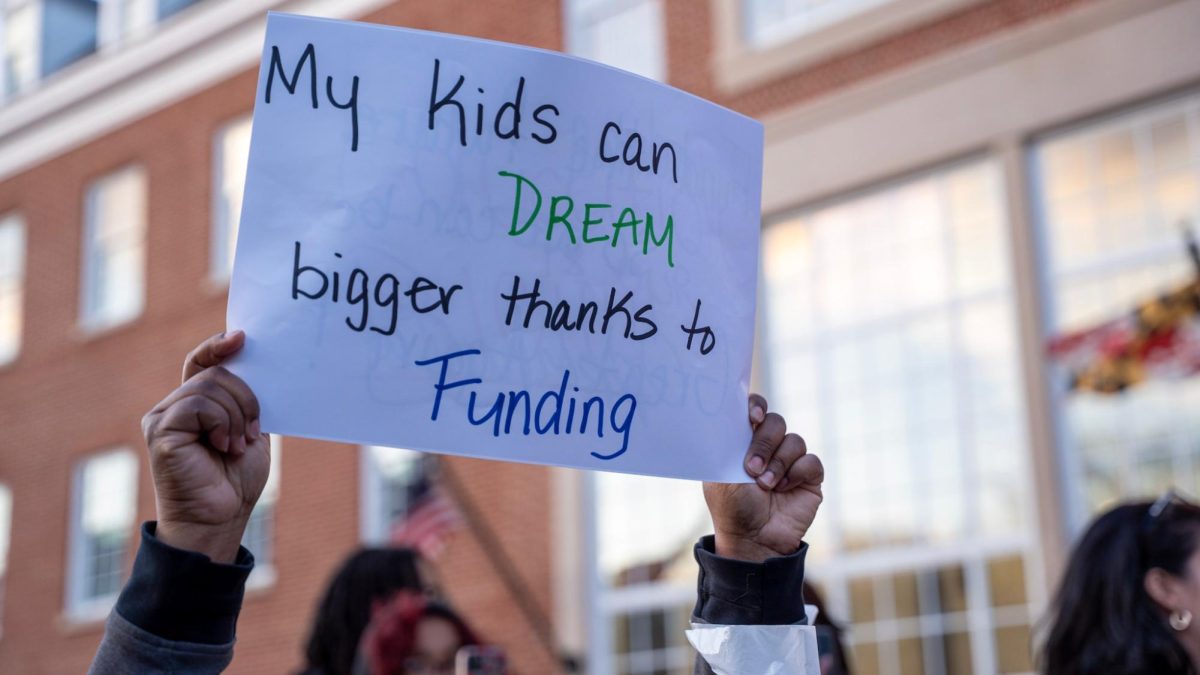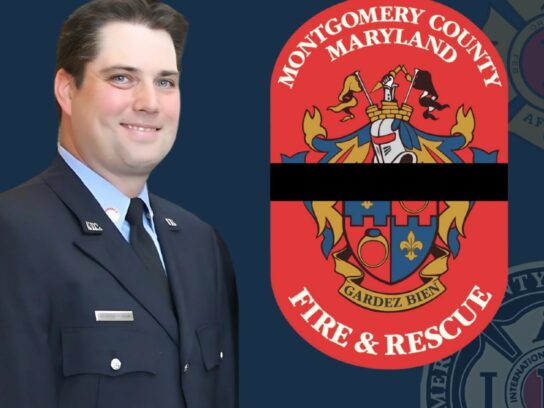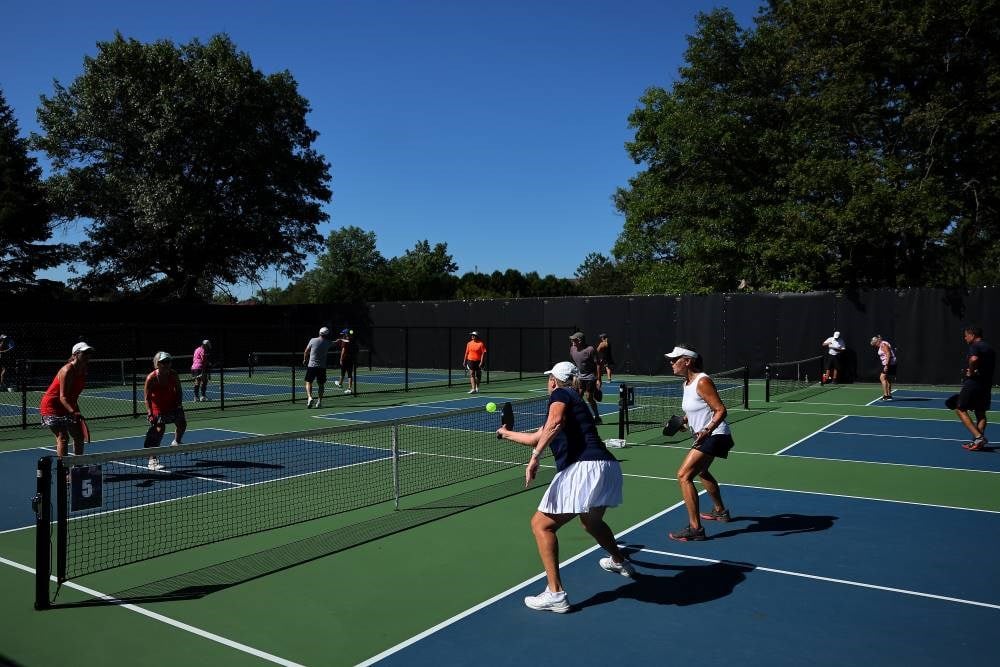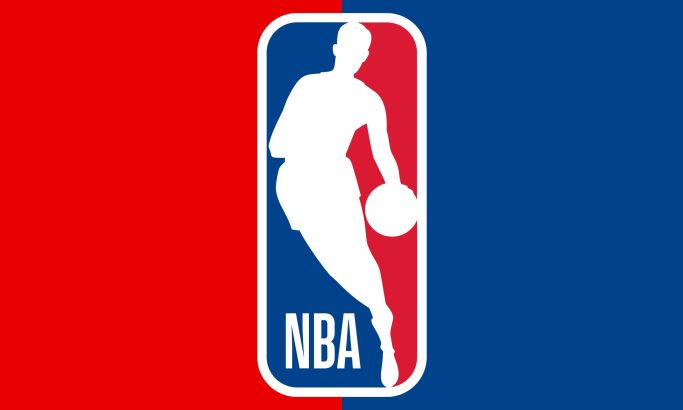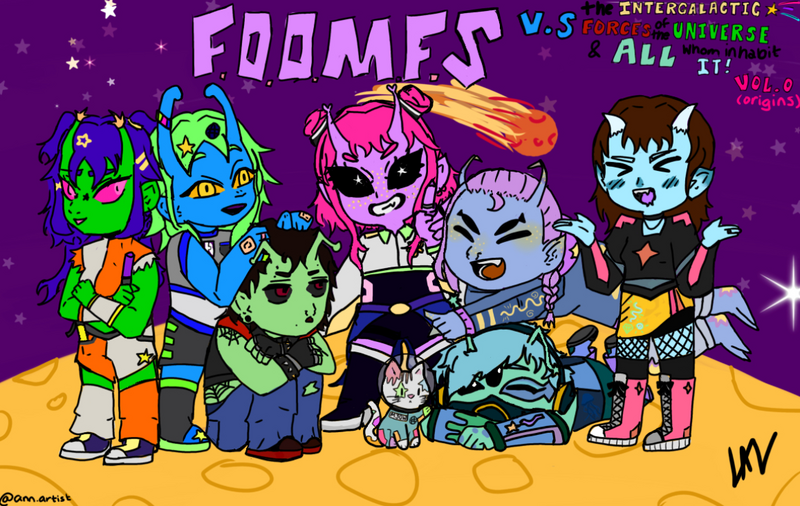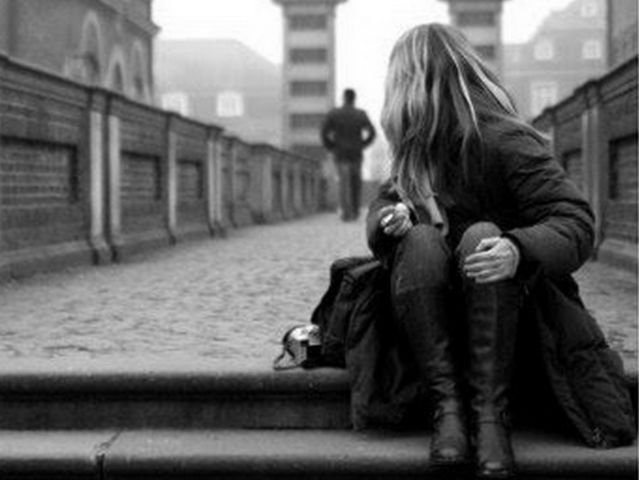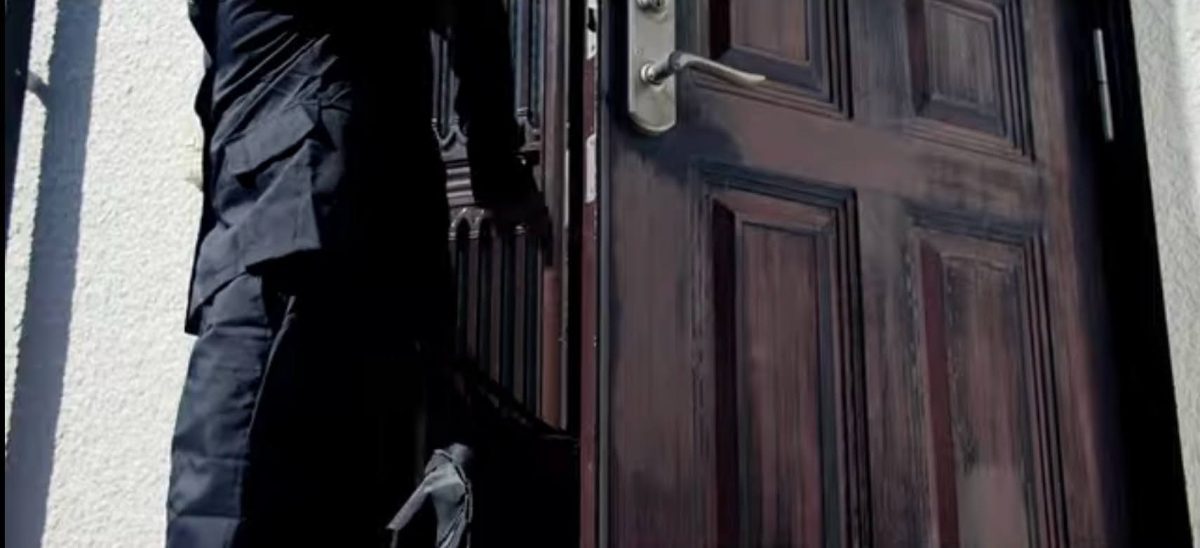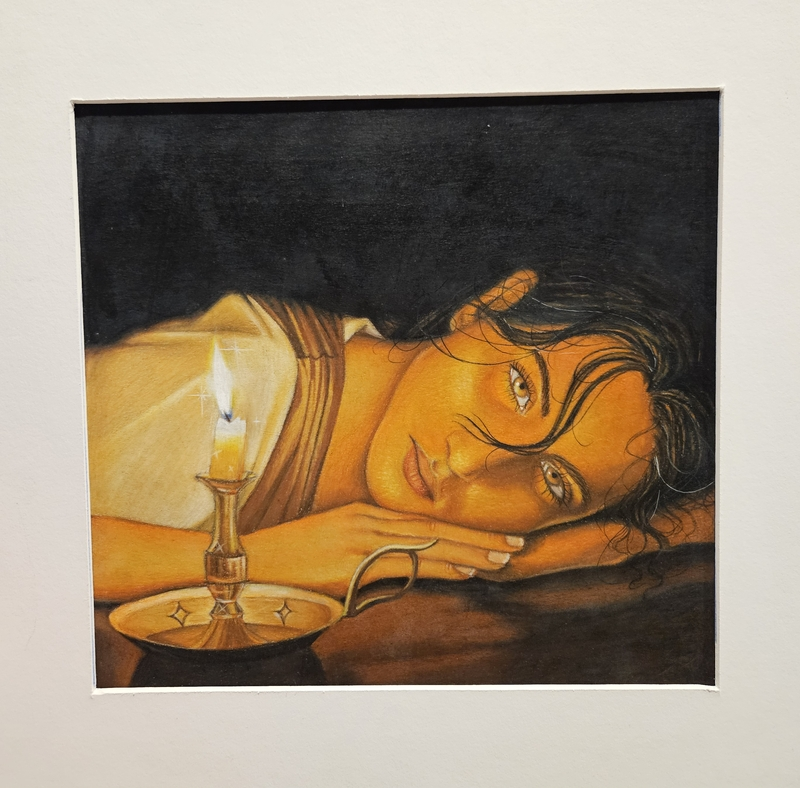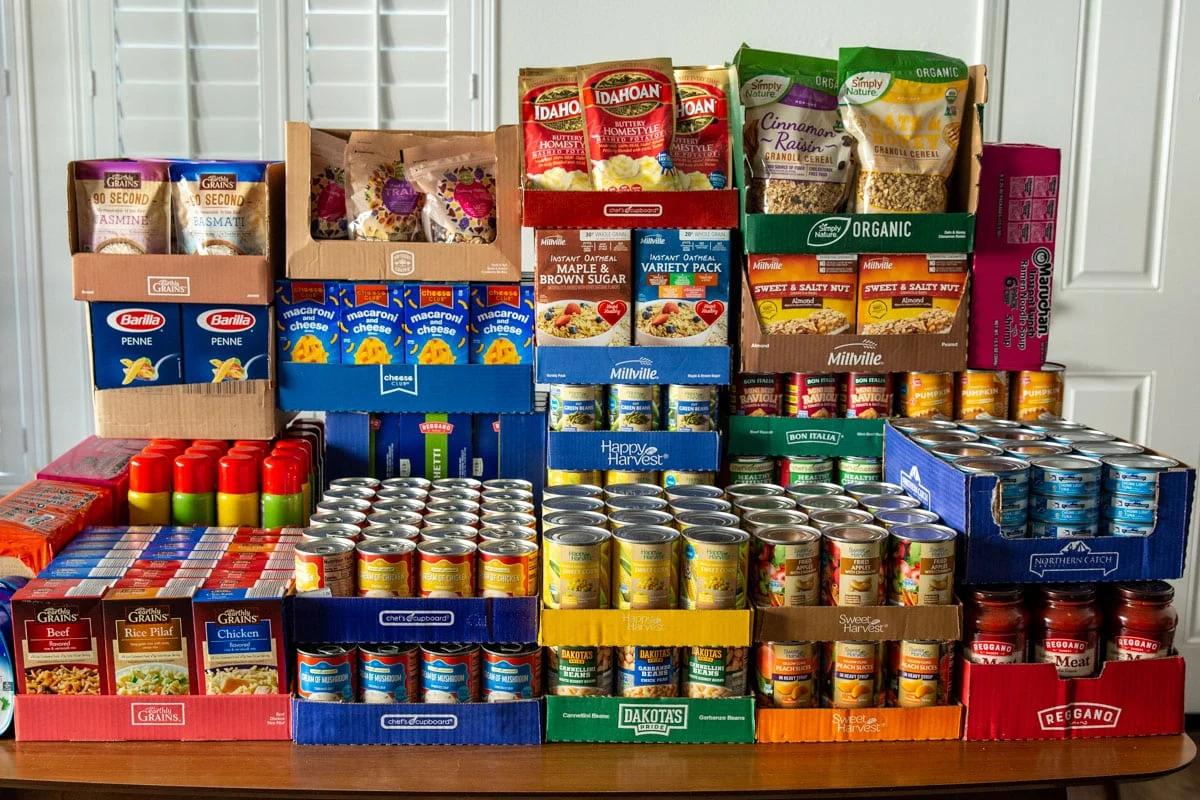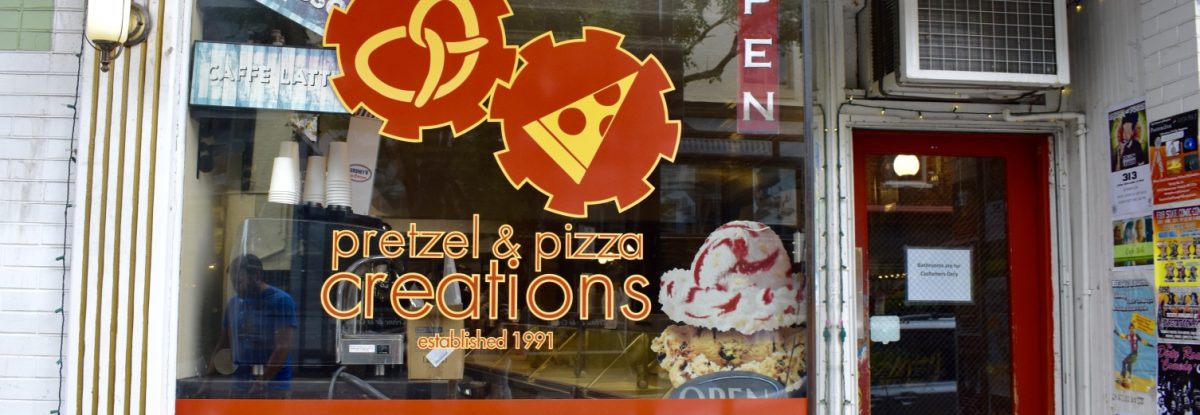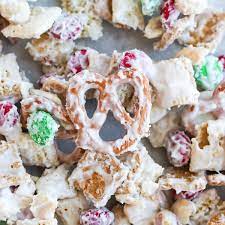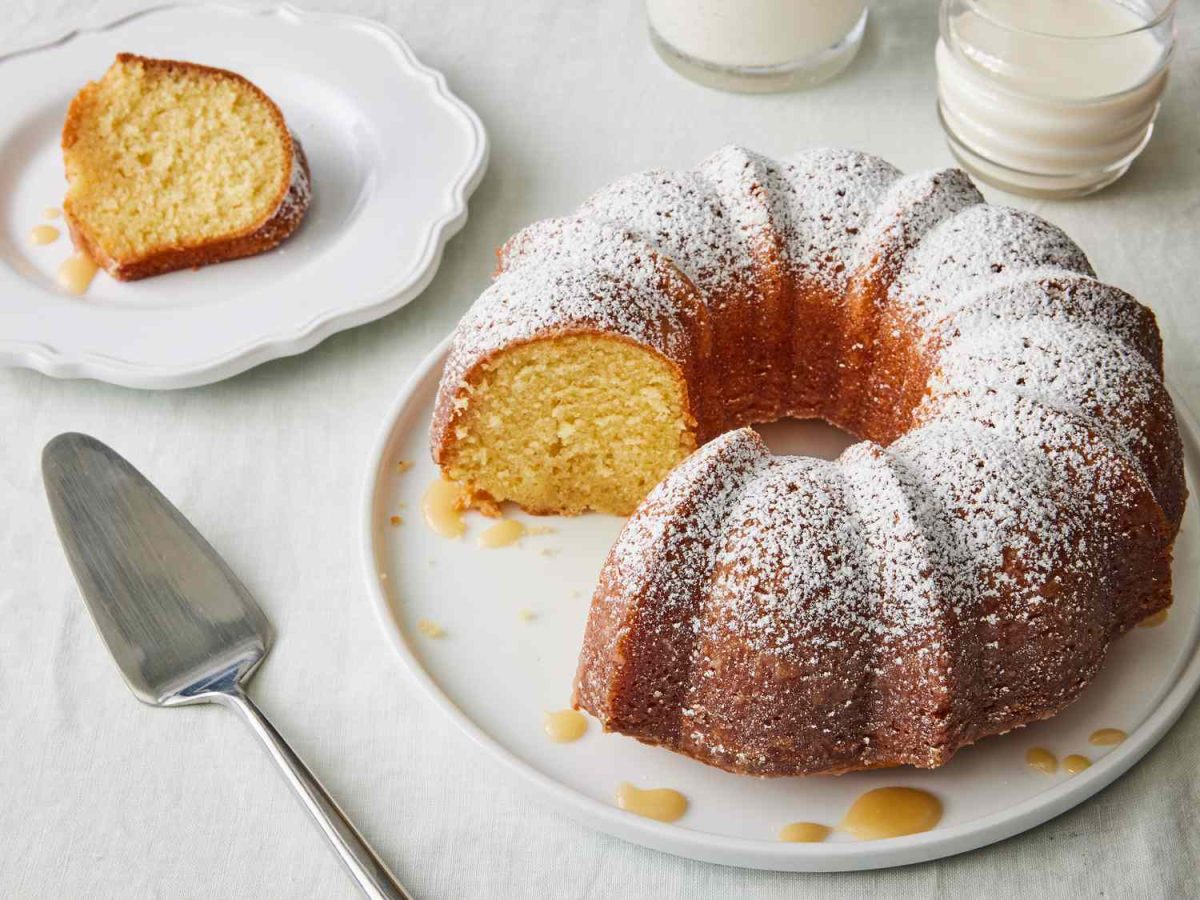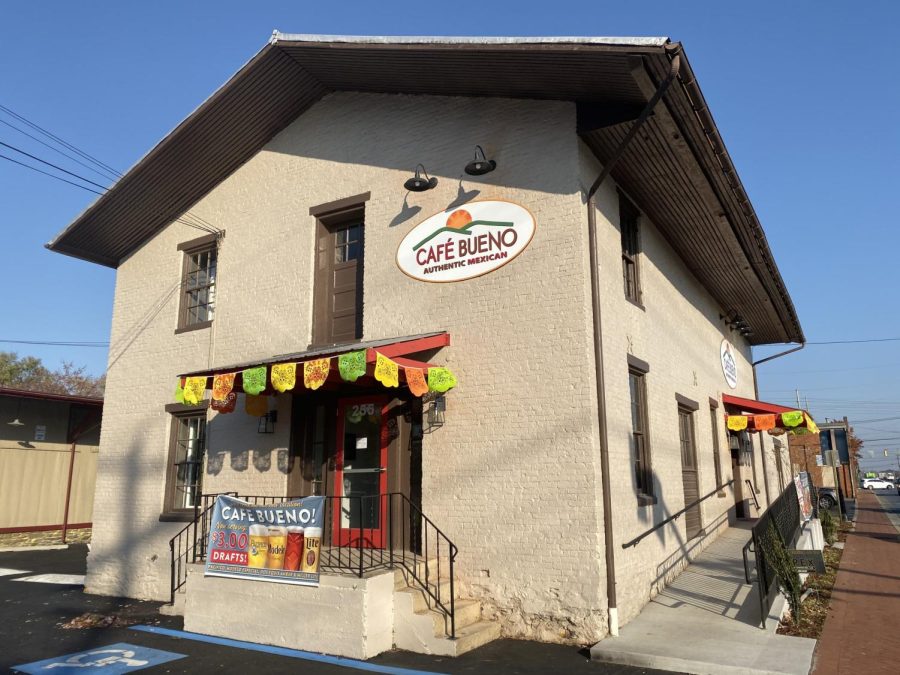On Tuesday, September 24 I had a sit-down interview with Mr. Knepper, an art teacher at Tuscarora High School. He has been working at Tuscarora for over four years and has built strong connections with many of his students of all different backgrounds and experiences. Mr. Knepper is a creator; an artist in every sense of the word, who views art as an expression of life. When you walk into his room it feels as if you’re walking into a busy but calm studio. If he isn’t teaching an instructional lesson on sketching or painting, whether it’s proportions or using colors like a professional for example, you can find whispers of conversations while everyone works on their project with calm music in the back- from smooth jazz to ambient (clean) hip-hip.
I met Mr. Knepper my freshman year, when we were under a FLEX system where there was a period between 2nd and 3rd to focus on unfinished work(so I never actually had him as an actual teacher). He was an art teacher and coincidentally I was heavily into the arts; painting, film, music, and was encouraged to pursue art after I showed promise in it when I was younger. It was what I would call a great coincidence, and I feel that if I wouldn’t have been placed in that classroom I wouldn’t be the same virtuoso I see myself as today. This interview is my favorite. I’ve ever taken the time to read and listen to, & I’ve heard a lot from highly regarded people. We conducted our interview with music in the back, students working on art and energy flowing, I wanted it as free as possible, natural.
QUESTION 1: How would you describe your relationship with art growing up?
Knepper: My relationship with art growing up was that it was always available, always supported, and I was always surrounded by art in the house; things that were being made. My dad was an artist, took interest in art growing up and then became a carpenter by trade, but was always fixing stuff and making things, and creating cool opportunities for me as a kid. So I got to see a lot of ideas come to life in front of my eyes. I enjoyed art from a young age just like many kids do in school, but it was also something I got to see out of school.
QUESTION 2: Who inspires you?
Knepper: I wouldn’t say there’s one answer to that, like one person, but I would say that true artists see the world in a way that they can take inspiration from many things, not just people but events and cultures, and random things. You know, buildings, really anything can sort of spark an idea or an appreciation but I think most artists benefit from being surrounded by other people that are making things; and I can say that specifically as a teacher, I really enjoy the time that I get to paint during the school day and create work of others that are creating work, because there’s such a huge overlap between ideas and processes that you can sort of help guide each other, and help kind of produce really good things. There’s a-it’s a biblical verse but it’s a very current meaning-it’s a phrase that says, “As iron sharpens iron, one person sharpens another,” so the same way that you bash two pieces of metal together it makes sharper metal, two or more people working together can help influence each other in positive ways, get the best out of each other.
QUESTION 3: How do things like music and films influence your art?
Knepper: Oh man, the old question of “does art influence life or does life influence art?” I constantly find myself, when I’m watching movies, pausing it because still-frames in movies have such a nice composition that I think I notice it and I’m like “somebody should paint that” or I should show my students, maybe they wanna paint that. I think music, in a way, can influence the way that you work. If you’re somebody that paints things that are more abstract and more free-flowing then-you know, and this is sort of how abstract art got started. Painting and drawing historically were for the purpose of documentation and things like that. And then people started to use art as more of an art form, where it was like “I’m gonna express myself or do something random.” So a lot of your older, abstract pieces were inspired and influenced by jazz music and the way that the paint was applied would mimic the tempo and the melody of the music, so there’s a huge crossover there. But I don’t necessarily find myself extremely influenced in the art that I make, but I do enjoy painting with music on. I think it just helps kind of – it sort of seems like a full process. Like I’m taking in, unconsciously taking in somebody else’s art and their product. And you could argue that it kind of comes through me and influences what I’m doing, no way to prove it but it is something that I do.
QUESTION 4: Where do you find that most ideas hit you?
Knepper: No where specifically, honestly. Some of my best ideas are at red lights, sometimes I’ll pop up in the middle of the night and jot something down, sometimes it’s out while I’m out on a bike ride, sometimes I’ll see something and it’ll- but I’m big on trying to capture that moment whether it’s take a quick photo or put it in my notes, or tell somebody to remind me.
QUESTION 5: When you became a parent, do you think it affected how you thought about art?
Knepper: So, when I became a parent it changed the subject matter of my art specifically. I found that I really liked the idea of painting, it wasn’t something that I had done in quite some time on my own. I was always painting as a teacher but it was more like demonstrations and helping other students. Whereas when we went on lockdown and we were home all that time I picked it back up and that was sort of the timing where my oldest was becoming more active and I could find things that I wanted to capture him doing. And then I had two more kids during the pandemic and now they’re starting to enter painting. So it definitely provided an opportunity for me to capture some really cool moments that otherwise would only be photographs. And you know how your camera roll is, things get lost in that all the time so it gave me more inspiration for sure. If I’m paying attention and I’m taking photos like I should then I’ll never run out of candid moments to paint. Like that one over there, that’s completely candid. I don’t know if you ever saw how that painting got started. You ever see that one, that big campfire one?

Mr. Knepper then describes a moment of inspiration after his son’s soccer game where he was captivated by what was going on in his backyard. His sons were engaging with a log fire, inspiring him to create the piece used as the picture above presenting the article. He pointed out how 2 of his sons, with a 4 year age gap between them, were at different levels when it came to experiences with the fire and that sparked a creative idea for him at the time. He envisioned a piece of art, recognizing the pose before him and using photoshop to bring other dynamics of reality into what was not previously there before. He beautifully brought everything to life with his painting, using the materials and colors of the fire to make the blue surrounding it come to life and grab your attention.
QUESTION 6: As a creator, do you feel like you see the world differently than others?
Knepper: Yeah, I heard a quote one time, I don’t know the exact quote but I heard somebody talking one time that “everybody has the capability to make art.” I know from teaching this class that you can teach anybody to draw. You can teach anybody to look and see things, the true artists are the ones that sit down and get right to work and don’t overthink things. They don’t go through all these formulas, they just start making stuff and then they adjust it but the best artists, I think, are the ones that are so in tune with the world and society that they can focus on representing the right things at the right time and showing that to the world. That’s why things started trending. That’s why some art is more relevant to and more popular than others. Like you look at people that have gone from street artists to now. Like KAWS, KAWS is a graffiti artist who’s now monetizing his art because he teamed up with lifestyle brands and clothing companies. Like you can go to the nail salon and get your fingernails done with his artwork on it. So he’s making money off of all that stuff, so you could say that it was luck or just fortunate & timing or you could say that they had some sort of sense of when to roll things out and how to roll things out and how to capture people’s attention. So personally, I don’t know that I see the world in any different way that makes it right or wrong but I do think part of being an artist is having your antennae constantly just kind of out, receptive to information and ideas so that you’re not creating the same stuff over and over. If there’s no evolution in your work then you can become a one trick pony and you’re also limiting how much personal growth you’re allowing yourself.
QUESTION 7: What advice would you give to young artists
Knepper: To young artists, I would say don’t throw anything away and make as much as you possibly can. My portfolio I would say would be much stronger if I had three categories: “Love it,” “Hate it,” and “Okay with it.” A lot of people throw stuff away that they aren’t in love with or they hate at the moment and there’s nothing negative about keeping work that you’re not proud of because it can influence further work. And you may come back to it, whether it was that one little thing in there that you liked and you wanna recreate or a small idea that will apply to the future but I would say yes. Don’t sit and wait, just start making stuff, and figure out your reasoning later. And also don’t compare yourself to others. it’s not like you can follow these steps and draw this turtle perfectly, that’s not true art. That’s learning how to draw an exact replica, what you’re seeing, but we don’t want exact replicas. Comparison is the death of creativity, there’s some quote about something like that where it’s like, “If I sit around and I compare myself to everybody else you’re generally gonna feel weak and unimportant.” Because we tend to like things that other people make better than the things that we like because when we look at our work sometimes we’re insecure about how it turned out.
QUESTION 8: Imitation is big in art, so how do you think someone finds their own style?
Knepper: Yeah, imitation is big. Most people that start trying to learn how to paint a master artist—whether it’s extremely realistic or, you know, studying Van Gogh’s work and how he influenced and used line and line direction to impact the viewing experience—will hone in on one of Picasso’s eras and say, ‘I’m going to try to do work like this.’ So, I think imitation is the biggest form of flattery, but it’s also a good way to start without trying to develop your own style. Because, you know, if you don’t know anything about the styles that exist, then developing your own style seems pretty far-fetched. I think you’ve got to start somewhere. Most styles, just like most music, are just a blend of things that already exist. You know, we’re not really creating new styles of art; we’re not really creating new styles of music. We’re simply remixing things that already exist. No one is creating new instruments that don’t exist at this point; we’re just sampling and combining. And you know, every once in a while, we’ll go back to something really minimal, and then it’ll kind of start over. There are these cycles throughout history with sound and visuals and things like that—fashion and all this. So, I would say you find your own style by doing but also by looking at what’s been done. There are only so many ways to do things, but small adjustments create new categories.
QUESTION 9: Anything else you wanna say to end it off?
Knepper: Yes, I think that- so Picasso once said, “every child is an artist but the hardest part is remaining one.” So as we grow up some people have negative experiences in school, some people are victims of comparison, some people just grow out of it and do other things, but I think art as a expressive tool is naturally therapeutic and can benefit everybody. Like making sandwiches is an art, building a birdhouse for your backyard is art; replacing lyrics in a song with your own lyrics is art, there’s tons of things that you can do to stimulate your brain and express yourself that don’t have to hang up on a wall with a price tag, or don’t have to go in museums or galleries or on the internet. And I think people at a certain age either decide if they’re artistic or not, and that’s a sad thing; I think to unplug an entire opportunity for yourself just because of a reason that’s probably not truly justified.
***
Mr. Knepper has influenced my perspective on life’s connection with art just as much as David Lynch influenced my view of film or Frank Ocean changed by perspective on lyricism. He to me is like a Rick Rubin with shoes on, I feel like everyone needs a Rick Rubin in their life, to remind you to stay calm and chill and to stop and smell the roses. To not overcomplicate things. I can bring him an idea on anything and he’ll show me the pros and cons and how I should go about it. A creative producer and reducer.
Although he teaches art, he doesn’t encourage following rules creatively or putting yourself in a box. He’ll take inspiration from abstract art, avant-garde music, old documentaries, old quotes in books, or the wildness and the unpredictability of everyday life and put it all on a canvas. He prioritizes family and inspires many of his students to push themselves, creating unfamiliar environments around yourself eventually turning your discomfort into a positive. To leave your comfort zone to reach new boundaries. His room is a safe place where everyone is accepted and where you might hear the quieted and shiest kid talk loud and joke around with kids they’ve never spoken to before. When I sat down and first pressed record, my goal wasn’t to write an article on Mr. Knepper, the teacher, I wanted to have a conversation with Todd Knepper, the friend, the father, the husband, the artist, and the inspiration to soak up as much knowledge as I can as someone who wants to create for the rest of my life.
